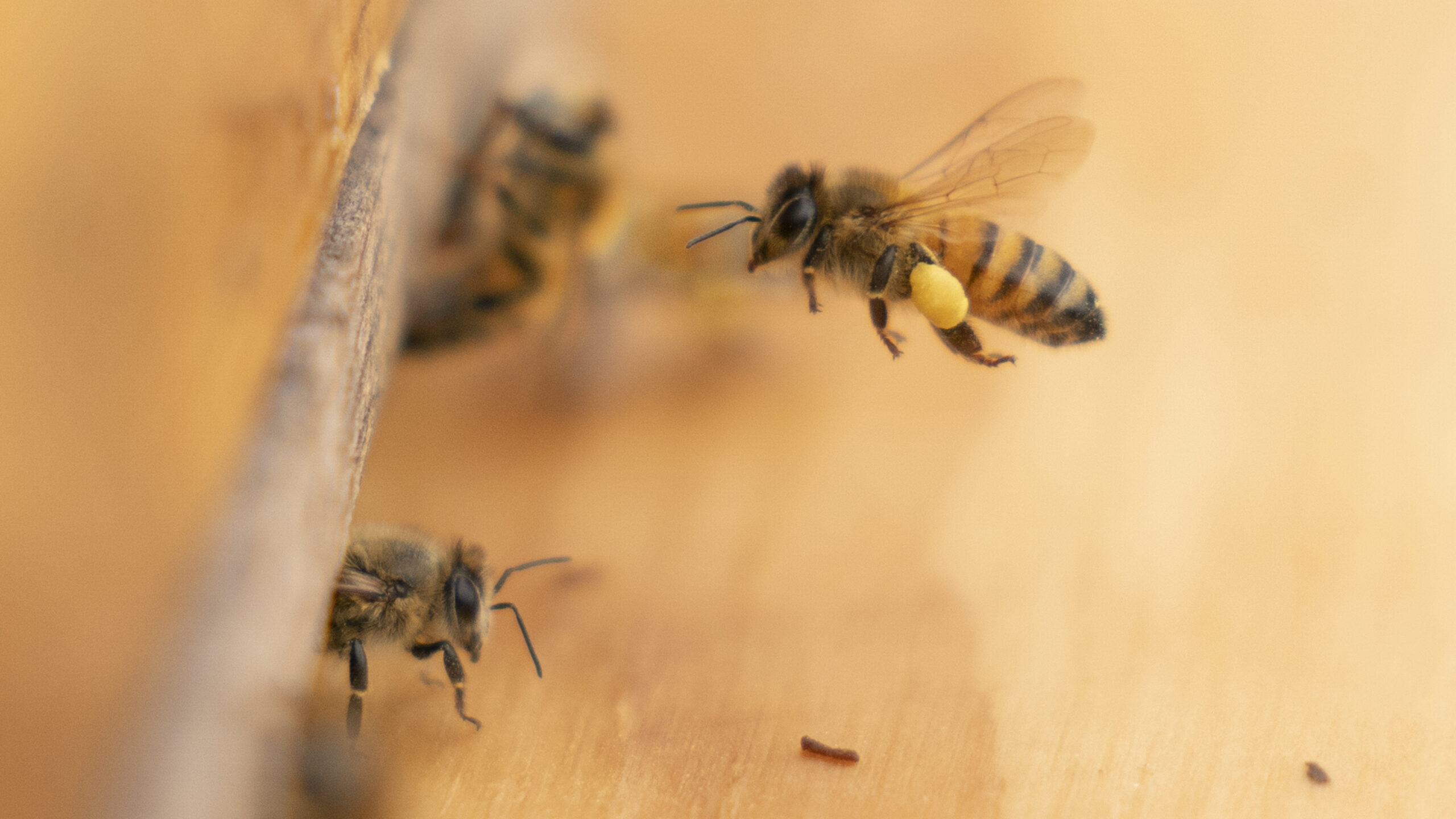One year later, COVID-19 continues to impact women at work
Apr 6, 2021, 11:13 AM | Updated: 11:14 am

FILE: A woman packs protective face masks at Cifra production plant on March 25, 2020 in Verano Brianza, near Milan, Italy. Working women were disproportionately affected by financial concerns during the COVID-19 pandemic. (Photo by Emanuele Cremaschi/Getty Images)
(Photo by Emanuele Cremaschi/Getty Images)
SALT LAKE CITY — A year after the beginning of the COVID-19 pandemic, research from the Utah Women & Leadership Project shows the lasting impacts continue to disproportionately affect women at work.
Women at work and the COVID-19 pandemic
Utah State University’s Dr. Susan Madsen co-authored the report with Dr. Jared Hansen and Dr. Chris Hartwell. Madsen says women who continued to work on-site during the pandemic reported better perceptions of their own mental health than women who worked remotely.
“Flexibility is great – you get to work from home, keep your job, do those things. But there are mental health challenges when you are trying to juggle so many things at the same time,” Madsen told Utah’s Morning News on KSL NewsRadio.
The pink recession
Madsen has kept track of the so-called “pink recession” since the beginning of the COVID-19 pandemic, and says nearly 16% of respondents reported leaving the workforce in different ways over the last year.
“From totally leaving, to cutting back to part-time, to, you know, just trying to adjust somehow for home-schooling and lack of childcare,” Madsen said. “And actually, some women actually took on more responsibilities.”
- 15.9% of Utah women who responded to researchers had withdrawn from work in some form since the start of the COVID-19 pandemic in March 2020
- Two of the top reasons women left work: caring for children (15.4%) and reductions in force (16.2%)
- Women of color reported more financial worries than white women
Women of color reported more financial worries related to the COVID-19 pandemic than white women, with financial worries also strongly tied to household income.
The full report, “The Impact of COVID-19 on Women and Work: Changes, Burnout, & Hope,” can be found on the Utah State University website.













